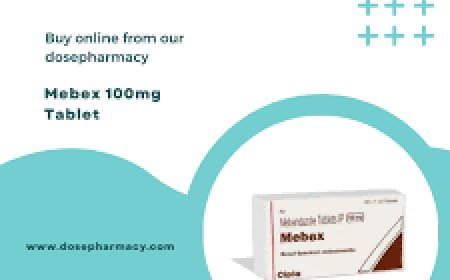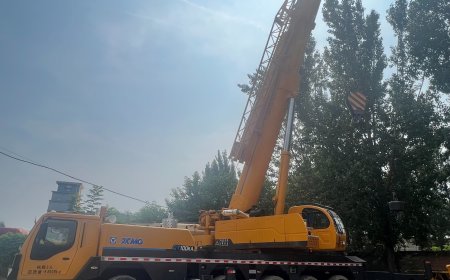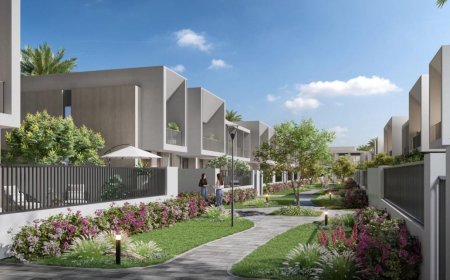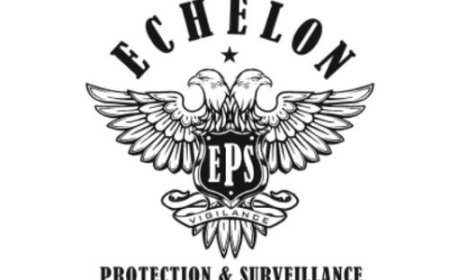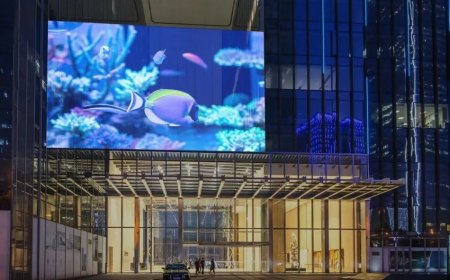Maximizing Cooling Tower Output: A Guide to Performance Benchmarking
Discover how to benchmark cooling tower performance, improve output, and reduce energy costs. Learn key metrics and expert tips to optimize your system's efficiency.

Cooling towers are essential for maintaining temperature control in industrial processes, HVAC systems, and power generation facilities. Yet, many operators struggle with declining efficiency, high energy costs, and inconsistent output. Thats where performance benchmarking becomes invaluable.
In this guide, well walk you through how to benchmark your cooling towers performance, identify areas of improvement, and implement actionable strategies to maximize output and efficiency.
? What Is Cooling Tower Performance Benchmarking?
Performance benchmarking is the process of measuring a cooling towers current output, comparing it to ideal or historical performance levels, and identifying performance gaps. It helps plant engineers and facility managers:
-
Detect inefficiencies
-
Monitor system health
-
Improve energy usage
-
Support maintenance planning
-
Optimize long-term ROI
?? Key Metrics for Cooling Tower Performance
To accurately benchmark your system, start by collecting data on these essential performance metrics:
1. Approach Temperature
The difference between the cooling tower outlet water temperature and the ambient wet-bulb temperature.
-
Lower approach = better cooling performance.
2. Range
The difference between the hot water inlet temperature and the cold water outlet temperature.
-
Indicates how much heat the tower is removing.
3. Cooling Capacity (BTU/hr or kW)
How much heat is rejected over time.
-
Based on flow rate specific heat range.
4. Water Flow Rate
Measured in GPM or m/h, this affects heat transfer rate and contact time.
5. Fan Power Consumption
Important for energy efficiency benchmarking.
6. Drift Losses, Blowdown, and Make-up Water Rates
Useful for analyzing water usage efficiency and chemical treatment effectiveness.
? How to Benchmark Cooling Tower Performance
Follow this step-by-step method to evaluate your towers performance:
Step 1: Collect Baseline Data
Start by gathering real-time operational data, including water inlet/outlet temperatures, wet-bulb temperature, flow rate, and fan energy use.
Step 2: Compare Against Design Specs
Evaluate how current output compares to the original design performance. Deviation may indicate fouling, damaged components, or poor water treatment.
Step 3: Normalize for Environmental Conditions
Use wet-bulb temperature adjustments to compare across seasons or varying climates. Use CTI or ASHRAE guidelines for accurate normalization.
Step 4: Identify Gaps
Use the calculated approach and range to determine where losses or inefficiencies are occurringoften due to clogged nozzles, fouled fill media, or fan malfunctions.
Step 5: Set Performance Targets
Establish realistic improvement goals based on equipment limits and cost-benefit analysis.
? Strategies to Maximize Cooling Tower Output
Once youve identified performance issues, implement these strategies to optimize output:
?? 1. Clean or Replace Fill Media
Biofilm, scale, or debris on fill significantly reduces heat exchange efficiency.
?? 2. Optimize Water Flow Distribution
Check for clogged or misaligned nozzles to ensure uniform water distribution across fill media.
?? 3. Upgrade Drift Eliminators
Improved drift eliminators reduce water loss and increase airflow efficiency.
?? 4. Service Fan Motors and Blades
Inspect fan blades for damage, balance issues, or corrosion. Replace worn belts or bearings.
?? 5. Improve Water Treatment
Poor water quality leads to scale, corrosion, and biological growthmajor performance killers.
?? 6. Use Variable Frequency Drives (VFDs)
Optimize fan and pump speeds to match real-time demand, saving energy without compromising output.
?? 7. Schedule Regular Inspections and Testing
Include performance testing as part of your preventative maintenance routine to catch early signs of degradation.
? Advanced Benchmarking Tools & Methods
For complex systems or large-scale facilities, consider these technologies:
-
CTI Certified Performance Testing
Use third-party certified testing to validate capacity and compare to industry standards. -
Thermal Imaging Cameras
Detect temperature inconsistencies in real time. -
IoT Sensors and Remote Monitoring
Continuously track system health and trigger alerts for performance drops. -
Digital Twins
Simulate tower behavior under different conditions to optimize operations.
? Benefits of Performance Benchmarking
Implementing regular benchmarking brings numerous advantages:
-
Higher system efficiency and lower energy costs
-
Early detection of mechanical or chemical issues
-
Improved equipment lifespan
-
Better regulatory compliance and reporting
-
Data-driven decisions for maintenance and upgrades
? Final Thoughts
Cooling tower performance isn't something to guessit must be measured, analyzed, and optimized. Benchmarking offers the foundation for smart, cost-effective maintenance and system upgrades that maximize output, minimize risk, and improve your bottom line.
Need professional support?
Partner with a trusted cooling tower service company that offers certified performance testing, condition assessments, and tailored optimization strategies.







